| 일 | 월 | 화 | 수 | 목 | 금 | 토 |
|---|---|---|---|---|---|---|
| 1 | ||||||
| 2 | 3 | 4 | 5 | 6 | 7 | 8 |
| 9 | 10 | 11 | 12 | 13 | 14 | 15 |
| 16 | 17 | 18 | 19 | 20 | 21 | 22 |
| 23 | 24 | 25 | 26 | 27 | 28 | 29 |
| 30 |
- 화장실 지도
- 빅데이터 지식
- Data Engineer
- Heap
- priority queue
- algorithm
- Binary Tree
- 빅데이터
- Restroom
- HEAPS
- Linked List
- Computer Science
- BST
- Algorithms
- 빅데이터 커리어 가이드북
- 데이터 엔지니어
- Study
- 뉴욕 화장실
- data scientist
- Newyork
- exam
- binary search tree
- dataStructure
- Data Structure
- hash
- data
- Data Analyst
- 데이터 분석가
- Preparing for the Google Cloud Professional Data Engineer Exam
- Computer Organization
- Today
- Total
Jaegool_'s log
Google Cloud Platform Certification, Associate Cloud engineer 공부 #day3 본문
Google Cloud Platform Certification, Associate Cloud engineer 공부 #day3
Jaegool 2022. 7. 14. 01:51Coursera 강의 3주차 내용
https://www.coursera.org/learn/gcp-fundamentals/lecture/rOnTP/google-cloud-resource-hierarchy
Google Cloud resource hierarchy - Resources and Access in the Cloud | Coursera
Video created by Google 클라우드 for the course "Google Cloud Fundamentals: Core Infrastructure". This section explores how resources get organized with projects, and how access to those resources gets shared with the right part of a workforce ...
www.coursera.org
학습 목표
- Identify the purpose of projects on Google Cloud.
- Define the purpose of and use cases for Identity and Access Management.
- List the methods of interacting with Google Cloud.
Google Cloud resource hierarchy
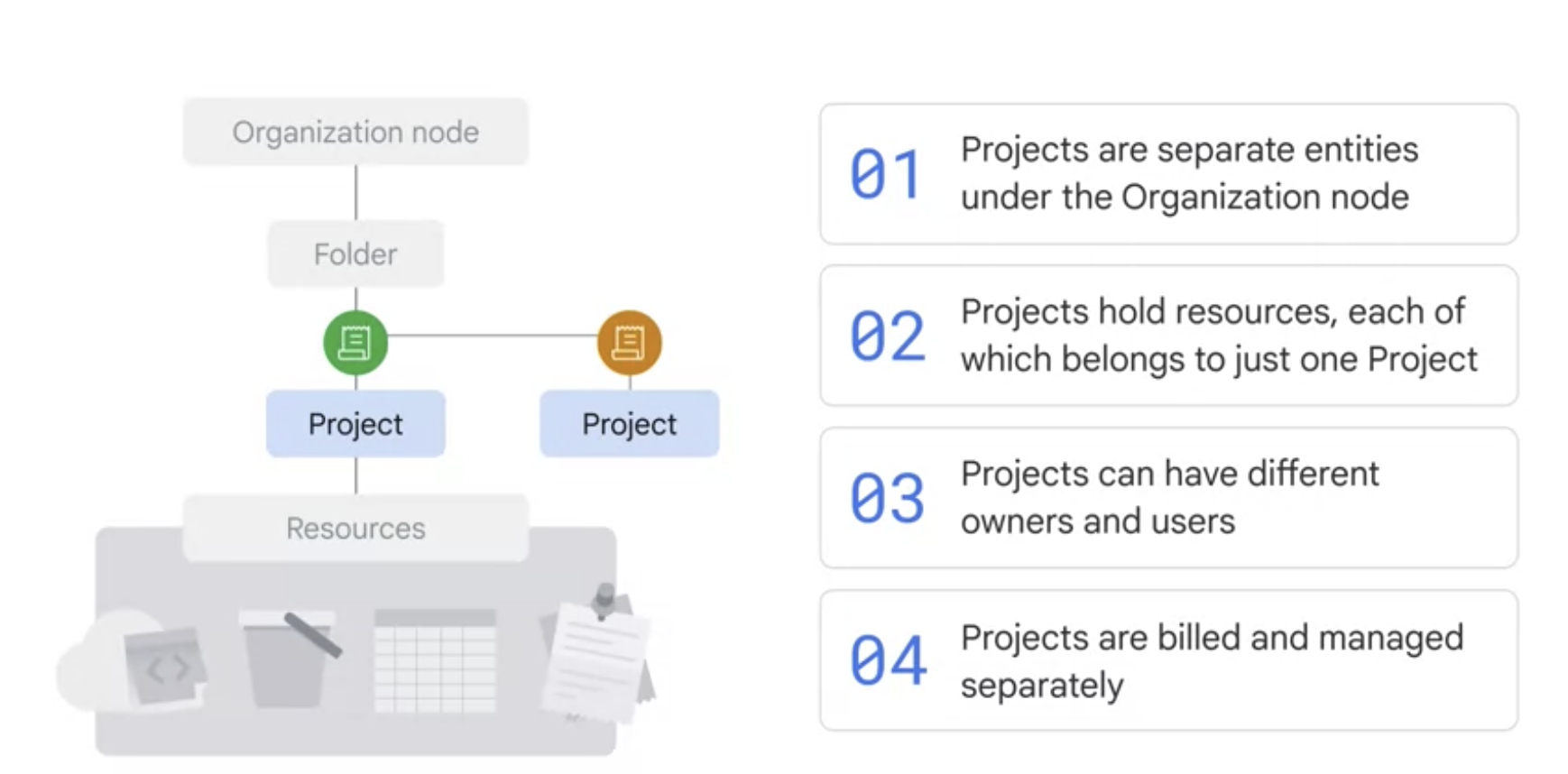
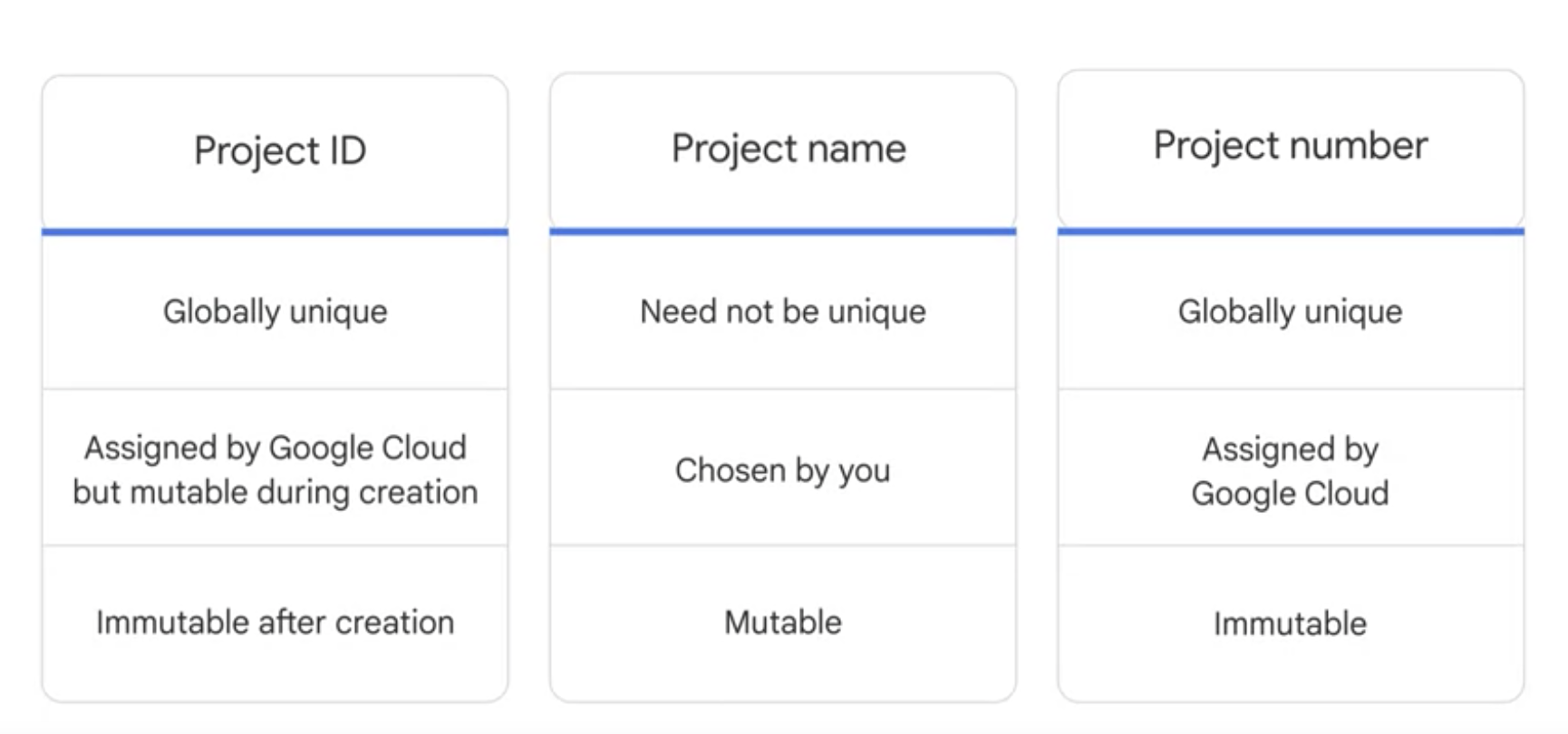

Folders let you assign policies to resources at a level of granularity you choose.

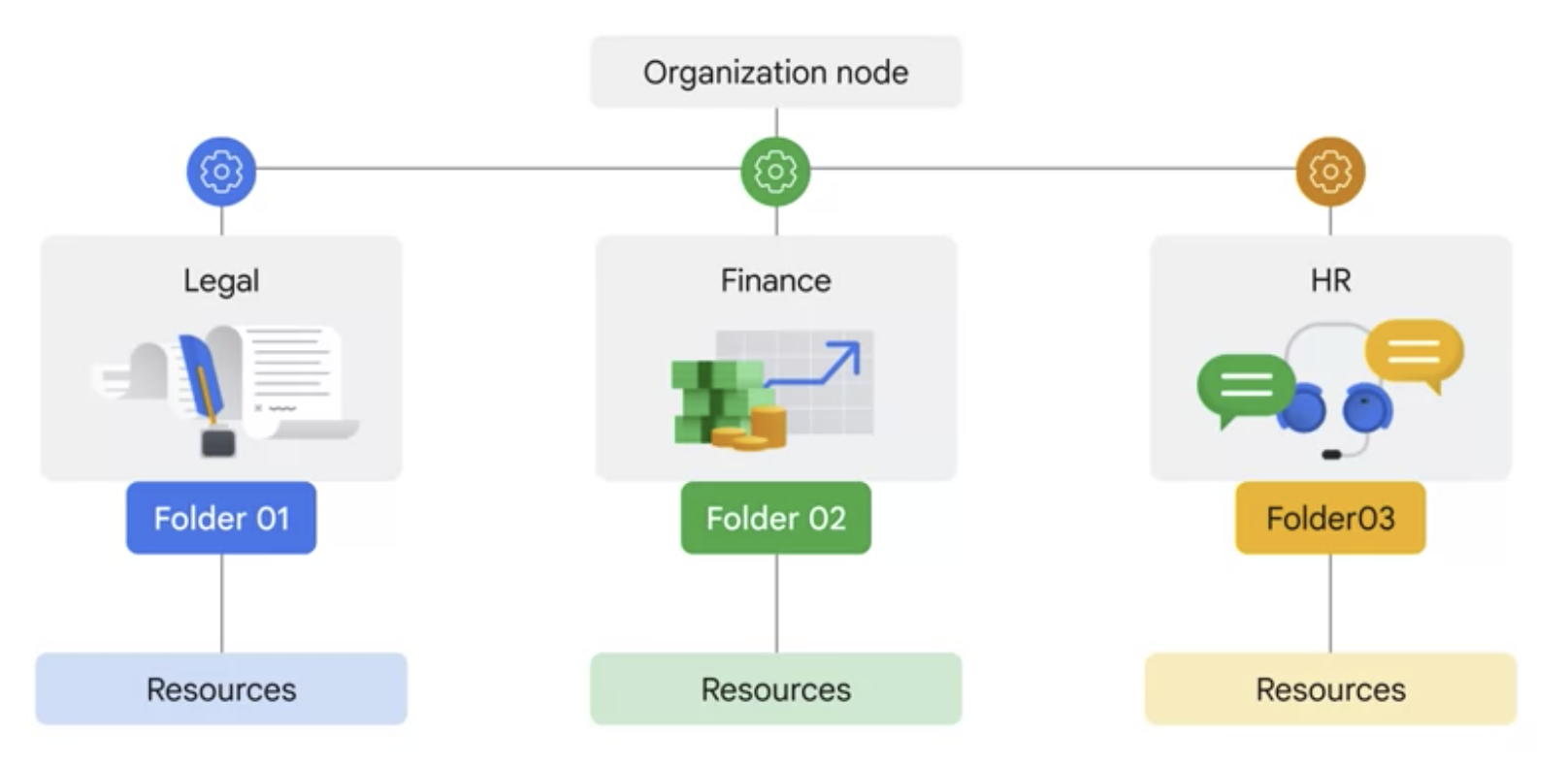
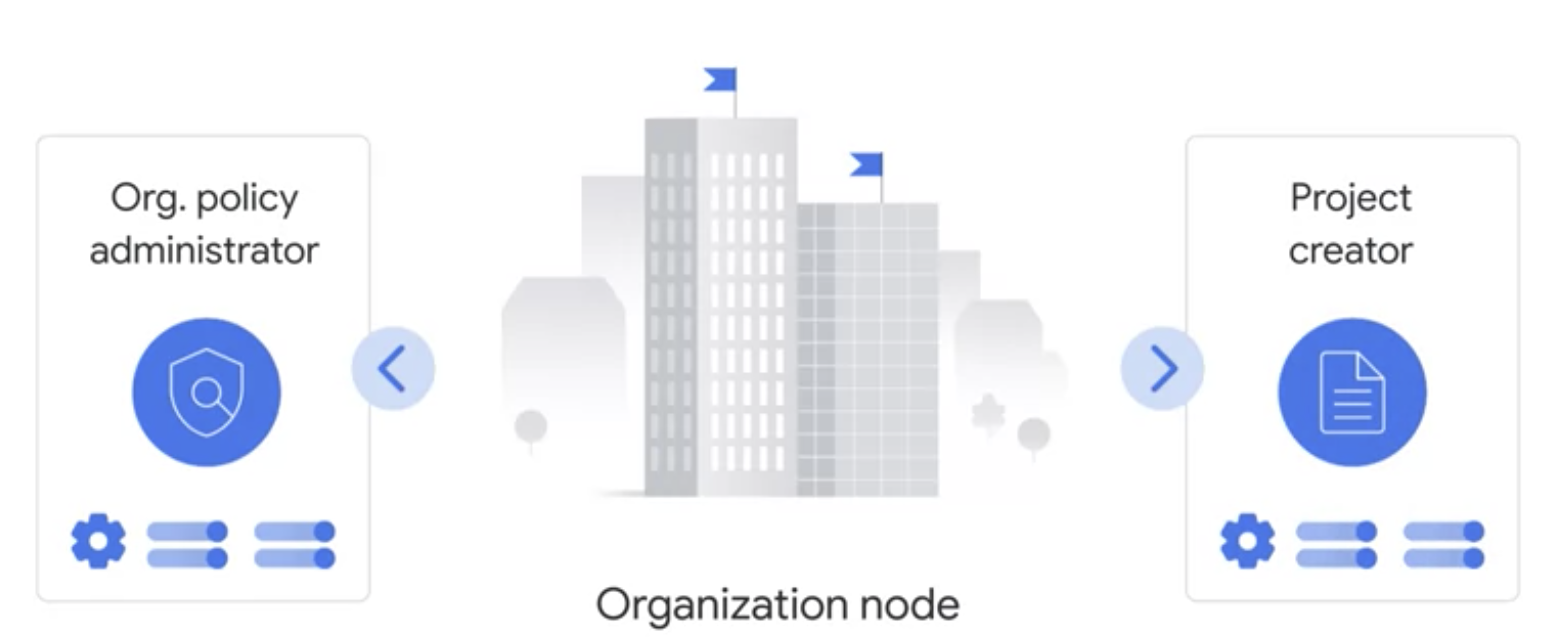
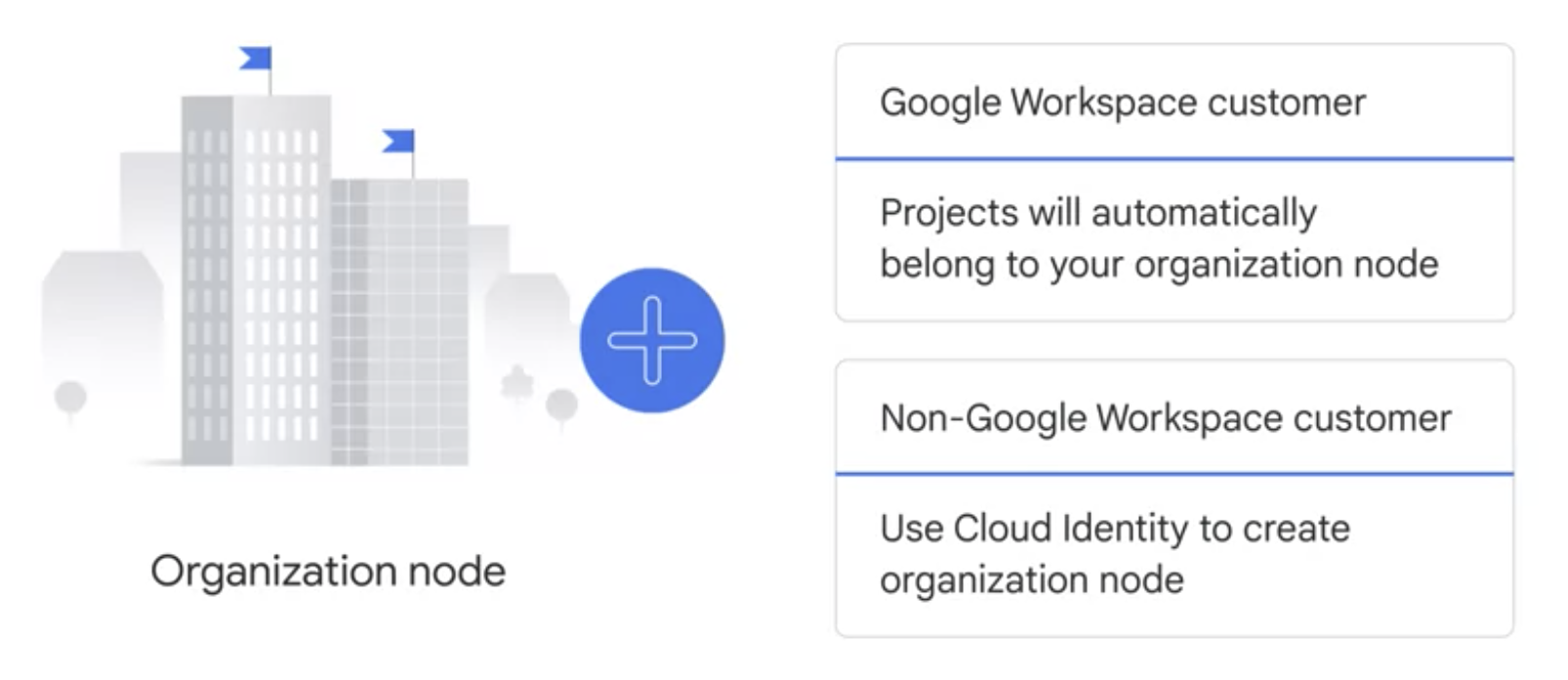
Identity and Access Management (IAM)
Administrators can apply policies that define who can do what on which resources.
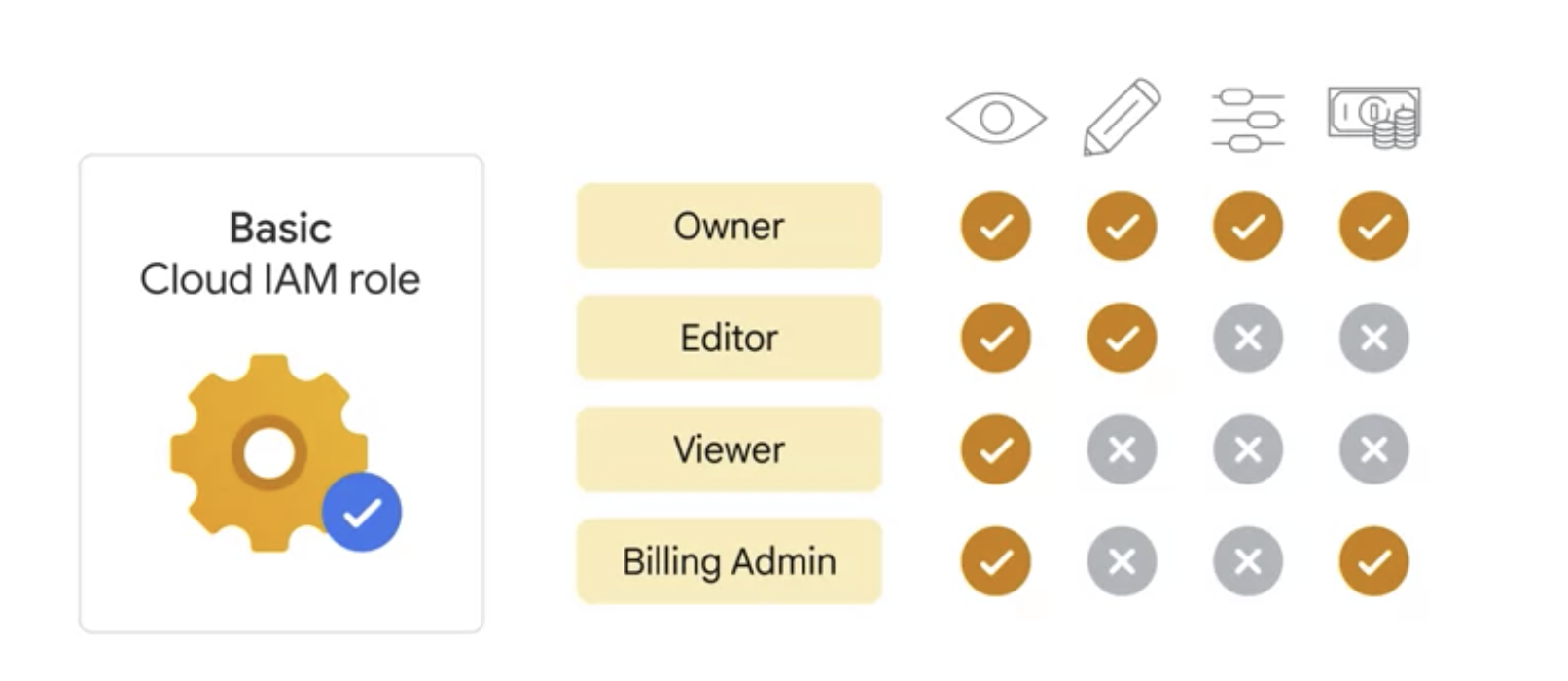
If several people are working together on a project that contains sensitive data, basic roles are probably too broad.



Service accounts
- Named with an email address
- Use cryptographic keys
service accounts do need to be managed
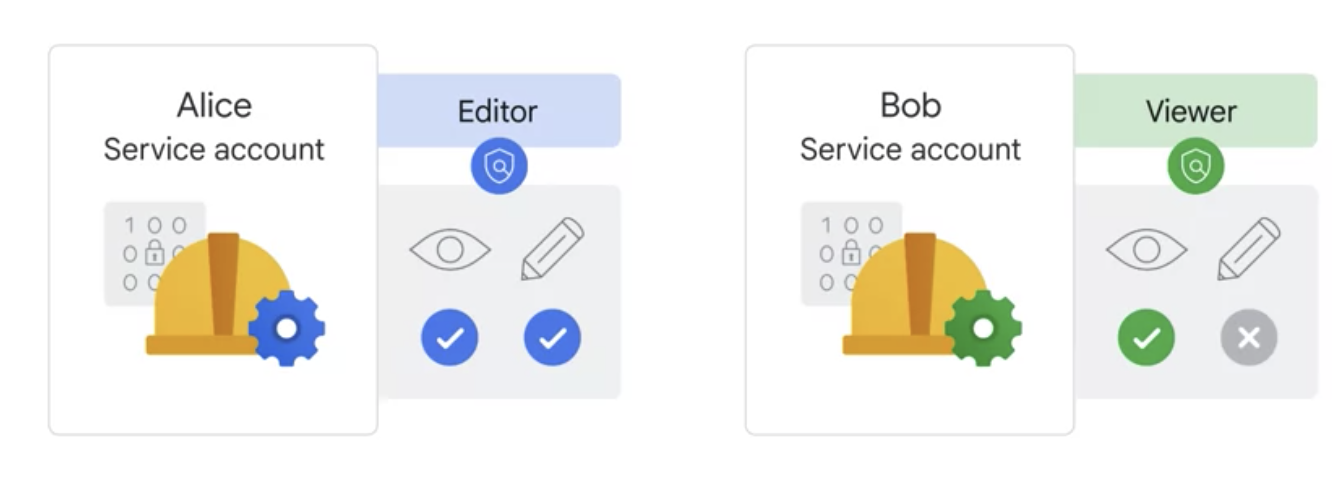
Cloud Identity

With this setup, there's no easy way to immediately remove a user's access to the team's cloud resources.
With Cloud Identity, organizations can define policies and manage their users and groups using the Google Admin Console.
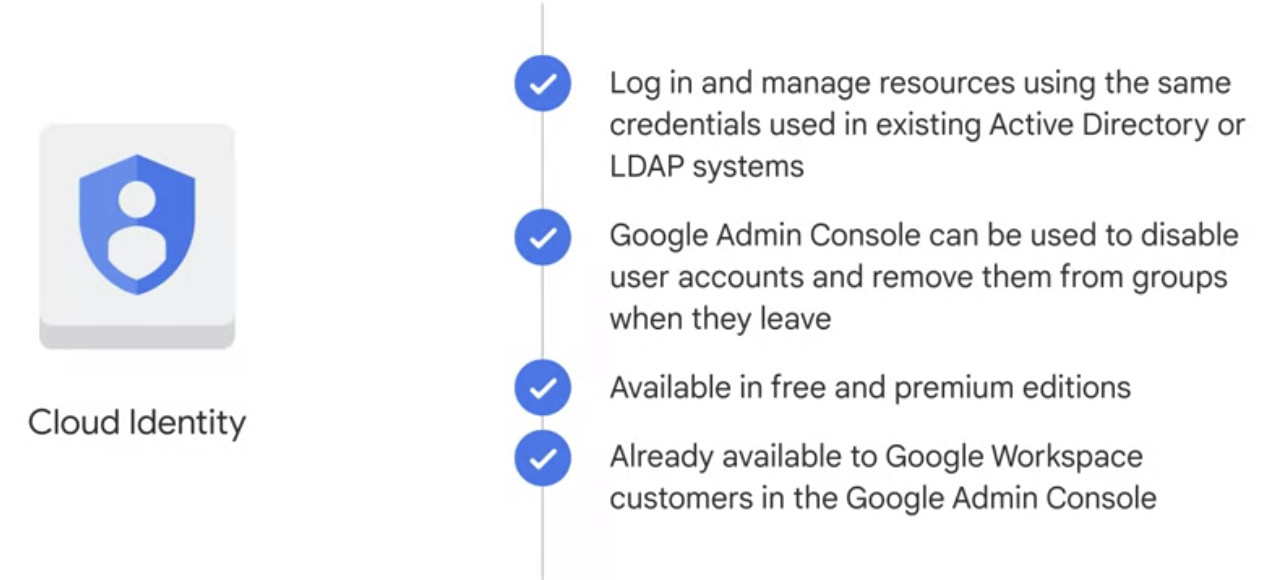
Interacting with Google Cloud
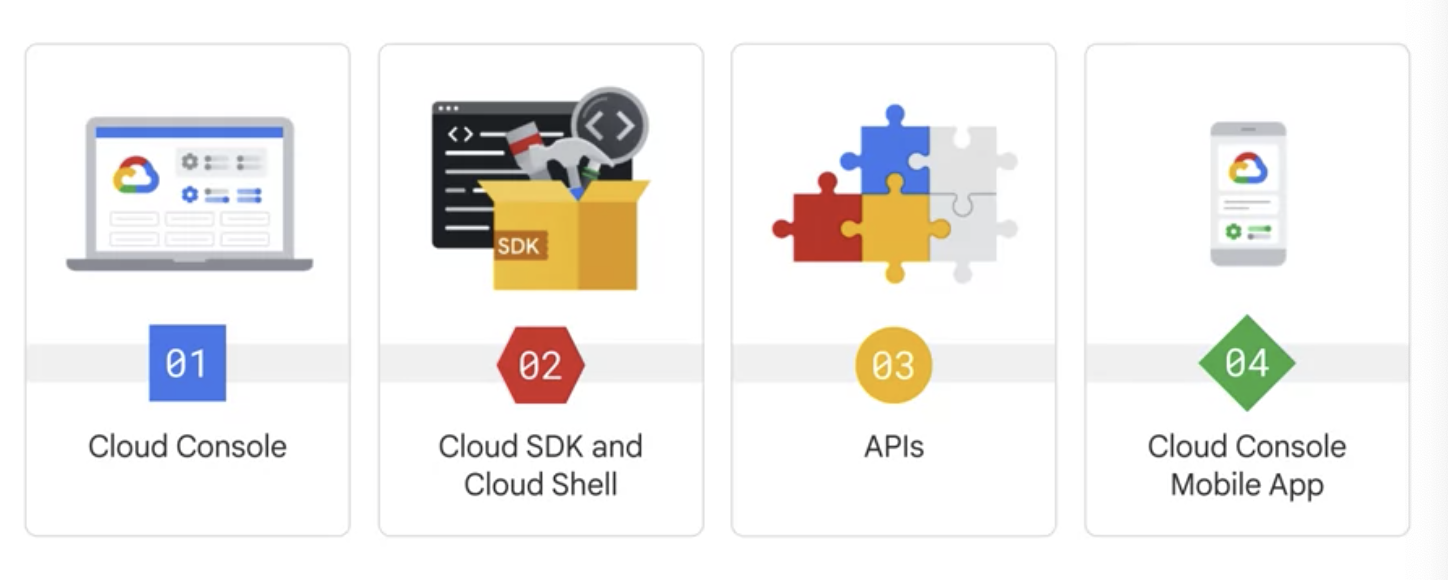
Cloud Console
- Simple web-based graphical user interface
- Easily find resources, check their health, have full management control over them, and set budgets.
- Provides a search facility to quickly find resources and connect to instances via SSH in the browser.
Cloud SDK and Cloud Shell
1. Set of tools to manage resources and applications hosted on Google Cloud:
- gcloud tool, Provides the main command-line interface for Google Cloud products and services
- gsutil, Provides access to Cloud Storage from the command line
- bq, A command-line tool for BigQuery
2. Provides command-line access to cloud resources directly from a browser
3. Debian-based virtual machine with a persistent 5-GB home directory
4. The Cloud SDK gcloud command and other utilities are always installed, available, up to date, and fully authenticated
APIs(Application Programming Interfaces)
- Google Cloud services offer APIs that allow code to be written to control them
- The Google APIs Explorer shows what APIs are available, and in what versions
- Google provides Cloud Client and Google API Client libraries
- Languages currently represented: Java, Python, PHP, C#, Go, Node.js, Ruby and C++
Cloud Console Mobile APP
- Start, stop and use SSH to connect into Compute Engine instances, and see logs
- Stop and start Cloud SQL instances
- Administer applications deployed on App Engine
- Up-to-date billing information for projects and alerts for those going over budget
- Customizable graphs showing key metrics(
- Alerts and incident management
more) cloud.google.com/console-app
Coursera: Getting Started with Google Cloud Platform and Qwiklabs
incognito) 익명의, 가명의
LAB : Getting Started with Cloud Marketplace
In this lab you use Cloud Marketplace to quickly and easily deploy a LAMP stack on a Compute Engine instance. The Bitnami LAMP Stack provides a complete web development environment for Linux that can be launched in one click.
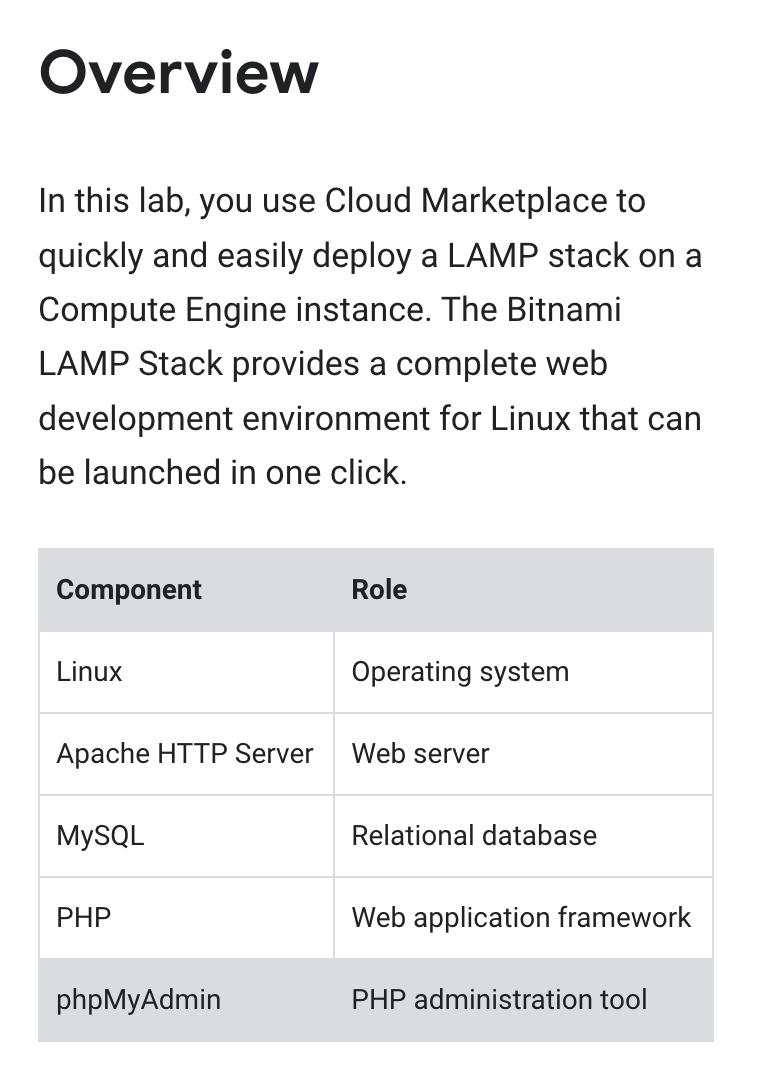
recap)
a hierarchy of Google Cloud resources
1. When you want to create folders & When you want to centrally apply organization-wide policies, you would choose to have an organization node.
Not when you want to organize resources into projects. And organization nodes are not mandatory.
3. Consider a single hierarchy of Google Cloud resources. Which of these situations is possible?
ANSWERs)
- There is no organization node, and there are no folders.
- There is an organization node, and there are no folders.
- There is an organization node, and there is at least one folders.
Wrong situations)
- There is no organization node, but there is at least one folder.
- There are two or more organization nodes.
Identity and Access Management
5. What is the difference between Identity and Access Management (IAM) basic roles and IAM predefined roles?
- Basic roles affect all resources in a Google Cloud project. Predefined roles apply to a specific service in a project.
Interacting with Google Cloud
8. Which way of accessing Google Cloud lets you control services through the code you write?
- The Cloud Console
- The Cloud SDK and Cloud Shell
- APIs
- The Cloud Console mobile app
The answer is third one.
'Data Science' 카테고리의 다른 글
| Google Cloud Platform Certification, Associate Cloud engineer 공부 #studylist (0) | 2022.07.18 |
|---|---|
| release vs deploy vs distribute (0) | 2022.07.17 |
| Google Cloud Platform Certification, Associate Cloud engineer 공부 #day4 (0) | 2022.07.15 |
| Google Cloud Platform Certification, Associate Cloud engineer 공부 #day2 (0) | 2022.07.12 |
| Preparing for the Google Cloud Professional Data Engineer #day1 (0) | 2022.07.12 |



